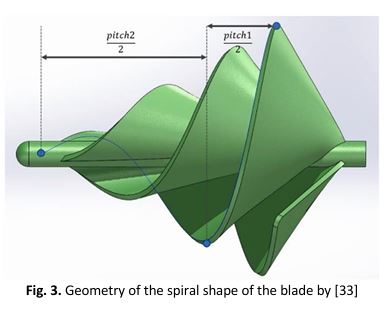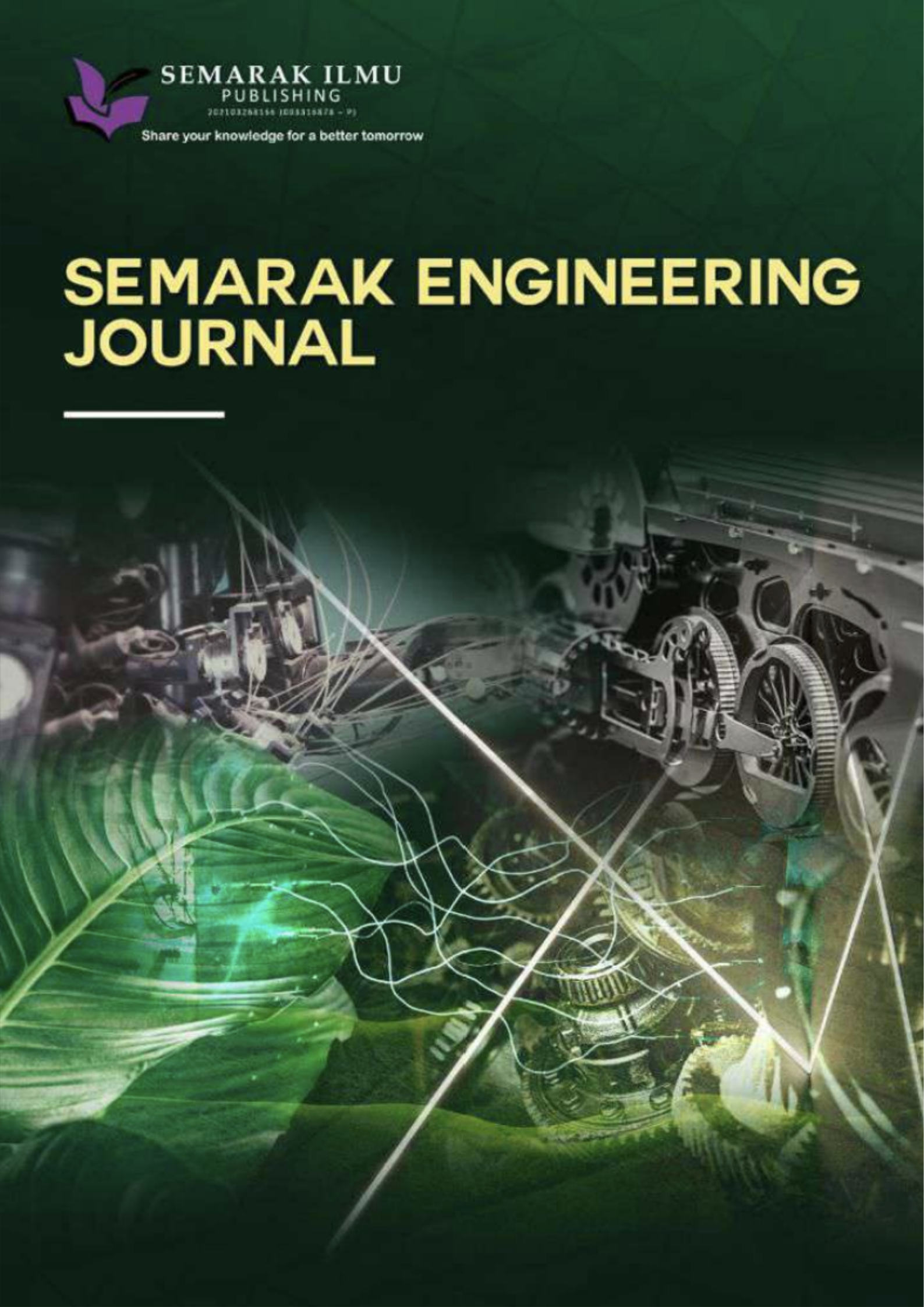Enhancing Efficiency in Small-Scale Hydropower: A Comprehensive Review of Archimedes Screw Turbine Design Innovations
DOI:
https://doi.org/10.37934/sej.9.1.115Keywords:
Archimedes screw turbine, small-scale hydropower, renewable energy, screw design optimization, sustainable energyAbstract
The world's ever-increasing energy needs have necessitated the search for renewable means to satisfy such energy needs. One of those means is small-scale hydropower, and in particular, the Archimedes screw turbine (AST), which has been viewed as one such future option. Initially designed for water lifting, ASTs use incoming water kinetic energy to generate electricity today. This review paper reports on the advances made today in the design of ASTs, emphasizing the geometrical parameters of pitch, diameter, number of blades, and inclination as design parameters affecting efficiency. Improvement was made by either conducting experiments or by optimizing simulation. Flow variation, sediment deposition, material degradation, and other challenges may be overcome. Still, innovations in composite materials, coatings for corrosion protection, and AI design improvements should be considered to enhance their durability and efficiency. Economic and policy barriers discourage collateral investments, such as high upfront capital costs and competition from other renewables. Modern integration with solar and innovative grid systems opens more expansive opportunities for sustainable energy. Future research and development advancements will improve AS output viability for decentralized eco-friendly power generation in remote areas.










